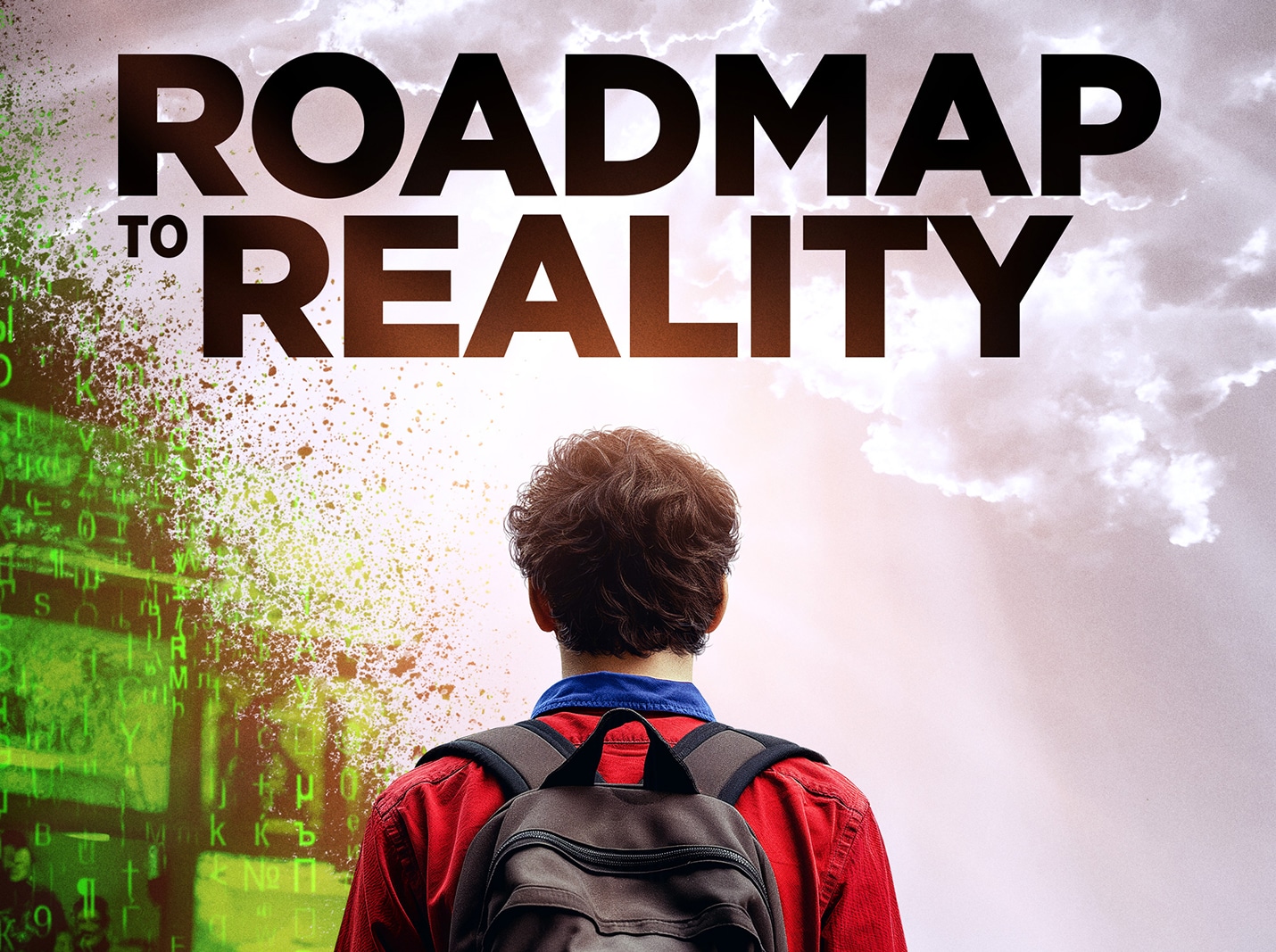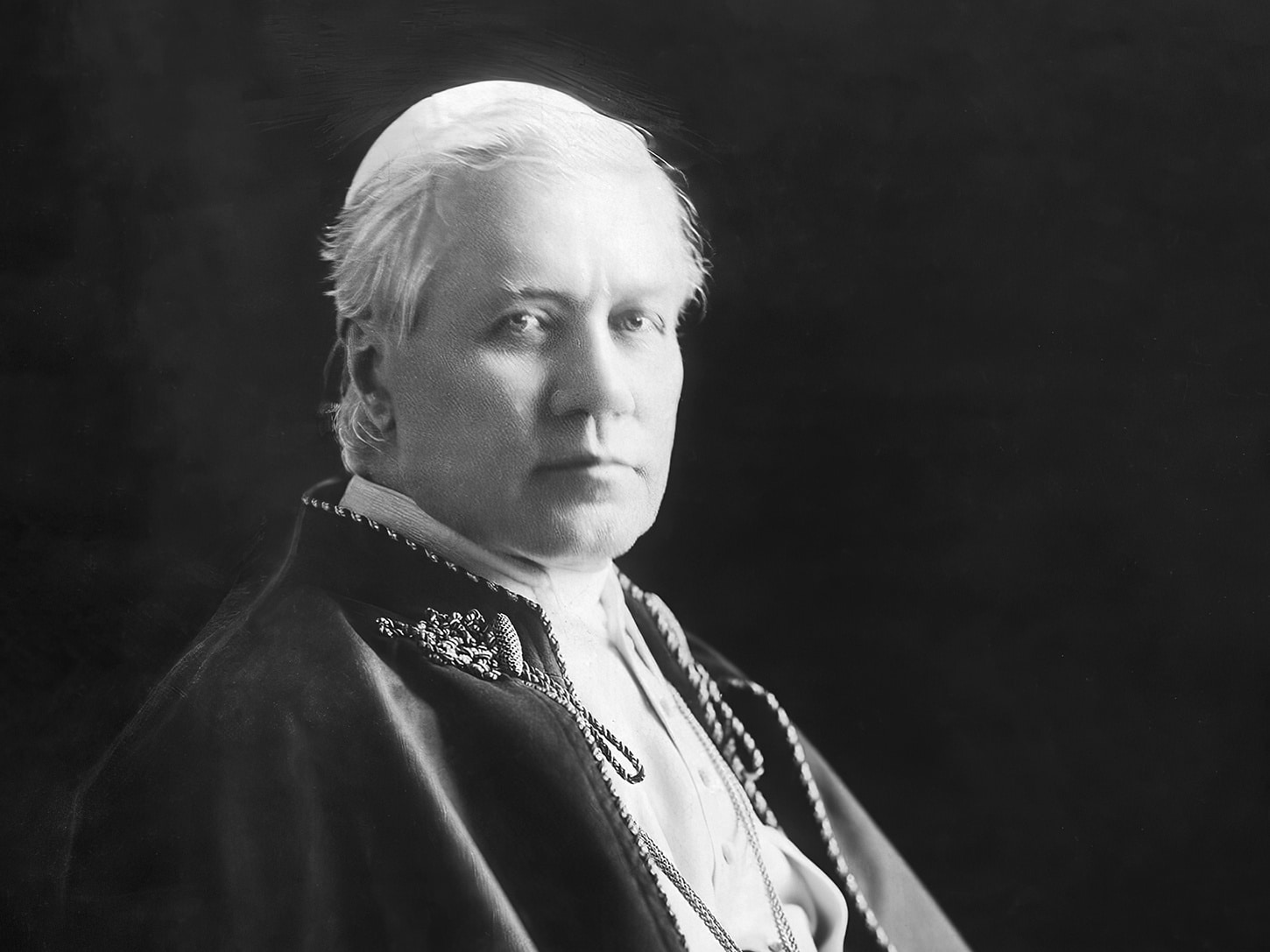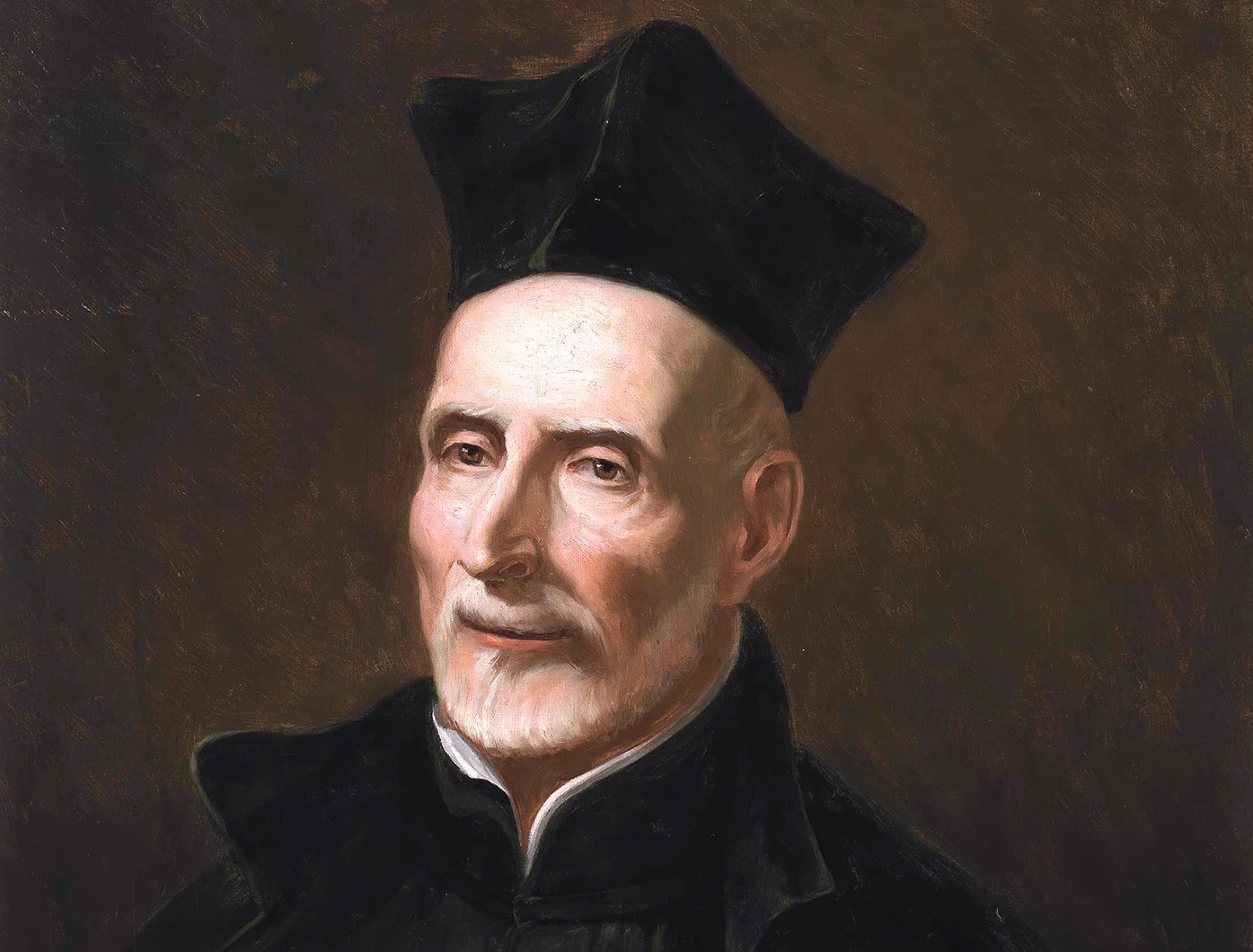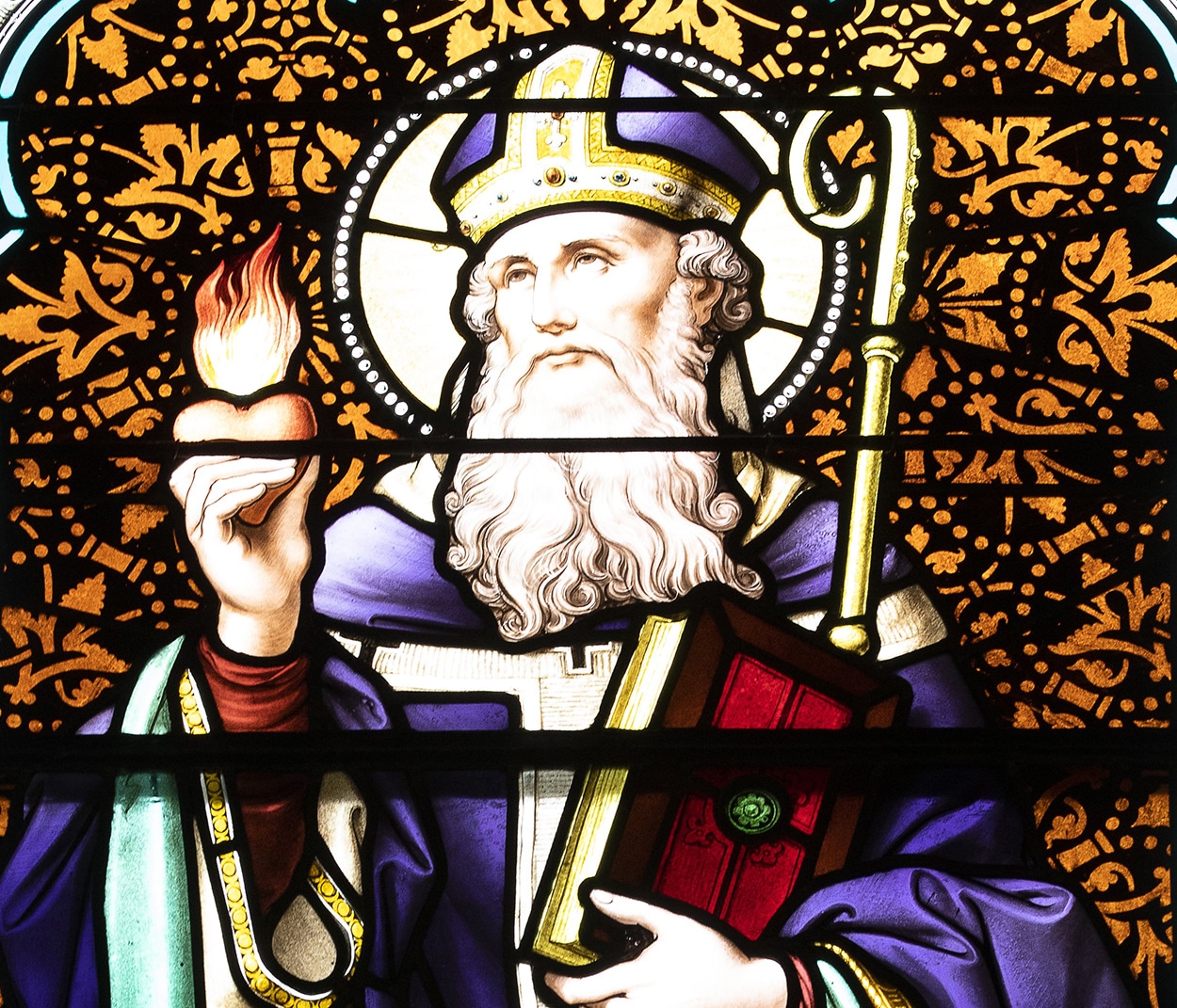A cameraman from Castletown Media based in Seattle was present in June when a group of 152 Catholic high school students and chaperones from North Dakota embarked on a pilgrimage to Rome. He accompanied them on their flight across the Atlantic Ocean, and he filmed them when they stopped in Assisi to visit the tomb of Blessed Carlo Acutis, who will officially be canonized in 2025.
The footage was filmed for the documentary “Roadmap to Reality: Carlo Acutis and Our Digital Age” that’s currently in production and scheduled for release in theaters next year.

Before that stop at the Shrine of the Renunciation Church of St. Mary Major, the pilgrims learned about the life of Carlo, who passed away on Oct. 12, 2006, at the age of 15. But actually seeing his body behind glass and dressed in jeans, Nike sneakers and a sweatshirt made an impact. He looks like them, not like the more familiar robed saints of antiquity.
Indeed, Carlo has been called a saint for our times and for the modern world of technology. He will be the first millennial to be canonized, and he’s someone that young people can identify with.
“Some of them said that he looks so young, that ‘He’s younger than I am,'” said Jerome Richter, executive vice president and chief of staff at the University of Mary in Bismarck, who organized the pilgrimage. “They said that it was amazing to look upon the face of a saint. Some were drawn to tears and they didn’t know why they had those tears. Others were intrigued and said, ‘There’s a young person that I can identify with.’ Many of them were inspired.”
Their reactions will be part of the documentary that explores the life and lessons that Carlo offers — especially to young people — who are navigating the challenges of the digital world.
“We are looking at the world through the lens of Carlo’s eyes,” said Tim Moriarty, executive producer of Castletown Media and the film’s director. “We are looking at this world that is increasingly shaped by digital technology, and we are looking through the eyes of a saint who is deeply informed by his Catholic faith in his approach to the world.”
That approach, he told Our Sunday Visitor, should be of interest and importance to anyone concerned about how we walk through a world that’s increasingly unfamiliar and that’s shaped by technology advancing at an ever increasing speed.
“It leaves us disoriented,” he said. “How do we find a roadmap, and more importantly, how do we provide that roadmap to other people, especially young people, to navigate a situation where the ground underneath us is constantly shifting and shaking? How can we remain connected to each other? Carlo shows us how to do that.”
Films to inspire
Castletown Media has produced several faith-based documentaries that were distributed by Fathom Events, which will also handle the newest project. One was “Mother Teresa: No Greater Love” that was made for the Knights of Columbus. The other was “Jesus Thirsts: The Miracle of the Eucharist” made for Spirit Filled Hearts Ministry.
Those films were produced in collaboration with Jim Wahlberg, who is also involved in “Road to Reality.”

“Carlo Acutis’s story is incredibly inspiring, especially for young people today,” Wahlberg told Our Sunday Visitor. “He used his talents and the tools of the modern world to bring others closer to Christ, and show us that sanctity is possible even in the digital age. Carlo’s innovative use of technology to evangelize and his deep devotion to the Eucharist make him a perfect model for navigating the digital world with faith. This project is a way to honor his legacy and demonstrate how anyone, even a teenager with a computer, can make a profound impact through their faith.”
Wahlberg said that being involved in Catholic filmmaking is deeply personal for him. He had a troubled youth and was in and out of juvenile detention centers. Wahlberg was briefly homeless and struggled with drug and alcohol addictions. He was arrested for public drunkenness and disorderly conduct, and served time for armed robbery.
“Carlo … used his talents and the tools of the modern world to bring others closer to Christ, and show us that sanctity is possible even in the digital age.”
Jim Wahlberg
“My own journey to faith was profoundly influenced by encountering true holiness in the most unexpected places, like meeting Mother Teresa in prison, ” he said. “It’s not just about producing films. It’s about sharing the transformative power of God’s love and grace that I’ve experienced firsthand. Through these stories, we can inspire others to seek and find their faith, just as I did. Only God can take our greatest shortcomings and turn them into something that glorifies him. And that’s the message that I’m trying to convey through my work.”
The film in production tells the story of an ordinary youth who did not set out to do extraordinary things.

An ordinary youth
Carlo was born in London on May 3, 1991, to Andrea Acutis and Antonia Salzano, who were members of prominent Italian families with successful businesses in the insurance industry and publishing. They moved to Milan, Italy, a few months later, and Carlo was cared for by nannies.
“His parents weren’t particularly religious,” Moriarty said. “They were sort of nominally Catholic.”
His mother said that she remembered being at Mass only for her first holy Communion, her confirmation and her wedding. Carlo’s father reportedly participated more when he was growing up.

Carlo’s faith was influenced by his education at Catholic schools and during summers with his maternal grandparents, when he’d join the older women praying the Rosary at the local parish. He had a great love for the Blessed Mother.
Salzano later described her son as precocious in many ways, from talking early and quickly learning how to read, to the questions that he asked and the things he said and did. He was known to be humble, gentle and kind to other children, and to share his allowance with the homeless. He sometimes used his own money to buy sleeping bags and other necessities for them.
Moriarty noted that when Carlo received his first holy Communion in June of 1998, “He knew that he was encountering Christ. For the rest of his life, he considered that day the most important day of his life. From that experience, he went to daily Mass and was engaged in Eucharistic adoration.”
Carlo’s deep love for God inspired him to seek information about the Eucharist and the many reports of miracles of the Eucharist through the centuries.
The antidote to digital technology
Technology enabled him to do this, and he was gifted with his self-taught computer skills. He would later be called God’s influencer and the cyber-apostle of the Eucharist.
One thing the film covers is that despite the challenges of the Internet that can lure people down a rabbit hole of confusion and sometimes darkness, Carlo exercised control in his time online. He used those screen time hours to find information about the holy things dear to his heart. He reportedly limited himself to one hour a week for gaming.

“Carlo used technology as a tool for evangelization rather than allowing himself to become a tool of that technology,” Moriarty said. “So in terms of this road map, it’s a sense that yes, we must use available technology today, and yes it does affect us, and we must use it in moderation, in a connection to reality. We must avoid the impulse to be pulled into a void of modern technology, which leads toward distraction and abstraction.”
Carlo compiled information about Eucharistic miracles, those phenomena when consecrated hosts physically transform into actual blood and flesh, or survive disasters. They are the cases that the Dicastery for the Doctrine of the Faith in Rome must deem “worthy of belief.” They cannot be natural occurrences like fungal contamination turning a host red.
Carlo found the stories in archives, in church histories, on common and obscure websites, and he put them together in a database. They were centuries old, like the incident in Krakow, Poland, in 1345 when a stolen host was found illuminated. In the 1990s, there were three reports of bleeding hosts in Buenos Aires, Argentina.
“Carlo used technology as a tool for evangelization rather than allowing himself to become a tool of that technology.”
Tim Moriarty
“In Carlo’s life we see a couple of things,” Moriarty said. “First and foremost, he points us to the Eucharist, and the Eucharist is the great antidote to digital technology that wants to detach us from the body, from the material world and from connecting to the community. Whereas we become distracted (with technology), in the Eucharist, God becomes incarnate. We encounter Christ, who became flesh and blood in a particular place and time. We encounter the real presence of Christ, which is the most powerful antidote available to us in an age of distraction and abstraction.”
Moriarty learned in his research that before the COVID pandemic, youth between the ages of 10 to 14 averaged 3.8 hours of daily screen time. After COVID, that jumped to 7.7 hours per day.
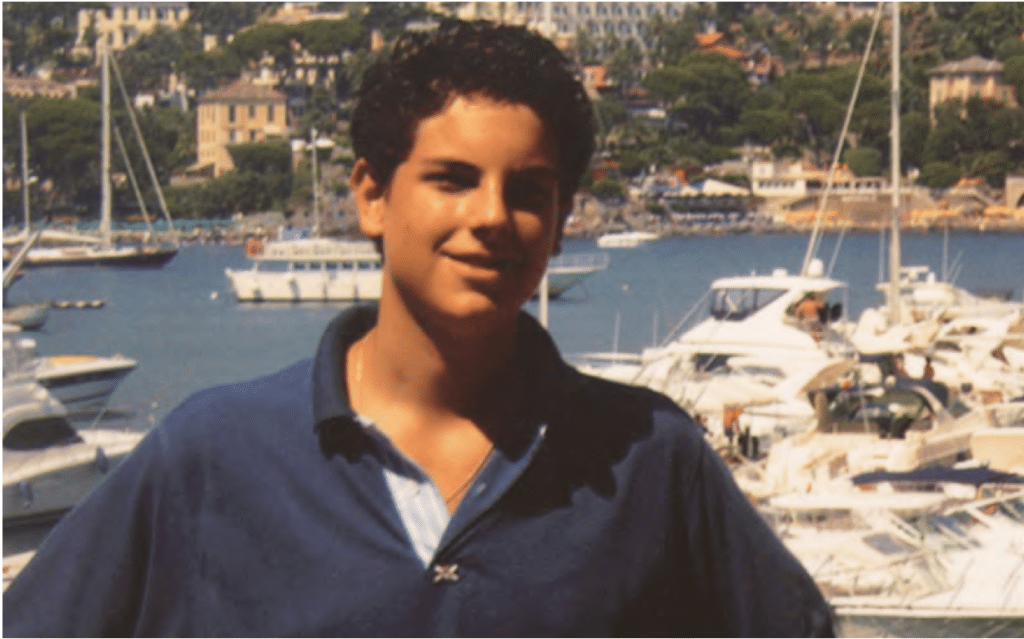
“We touch on this briefly in the film,” he said. “And this is really striking to me. Then you see how terrible the recent CDC data is on mental health, with 40% of Gen Z having persistent feelings of hopelessness and sadness. And 18% had a suicide plan. This is a crisis. And that’s where we want to hold up Carlo, especially to this generation. They are absolutely suffering.”
Moriarty first heard about Carlo when he was beatified. The first thing that struck him, he said, was to realize that if Carlo were alive today, he would be 34. He would be a saint for our times.
“Here’s this kid who looks very much like the people you meet today,” he said. “Then when you learn about him, you see that his whole life was very devoted to the Eucharist. There’s something very contemporary about him, the fact that he was such a whiz with computers and understood computer coding. Yet his whole life was oriented towards the ancient belief of Christ present in the Eucharist. There’s something very striking about that.”
It was a story that had to be told.
A holy life and death
C3 Foundation in Beaumont, Texas, provided generous support for the film. The private foundation invests its operating funds in income-producing accounts to generate additional funds for charitable purposes.
“The National Eucharistic Revival has also partnered with Castletown after recognizing the film as a valuable contribution to their mission of reviving faith and devotion to the Blessed Sacrament, something that was near and dear to Carlo Acutis,” Moriarty said.

Bishop Andrew Cozzens of the Diocese of Crookston in Minnesota, the chair of the National Eucharistic Revival, called Carlo a modern apostle who can inspire young people to discover the incredible gift of the Eucharist.
“He shows that an ordinary person can encounter Jesus’ presence in the Eucharist in a way that transforms their life,” he said. “Carlo is the model for the kind of Eucharistic missionary we as bishops hope every Catholic will become through the Eucharistic revival.”
In many ways, Carlo was a typical adolescent and teenager. He enjoyed playing soccer and computer games, played the saxophone and loved his pet cats and dogs.
He lived his spiritual life to the fullest, but his earthly life was cut short in October 2006 when he complained of a sore throat, developed other symptoms and was diagnosed with an aggressive form of leukemia. He ended up in intensive care, put on a ventilator and transferred to a hospital near Milan. The prognosis was not good.
“He shows that an ordinary person can encounter Jesus’ presence in the Eucharist in a way that transforms their life. Carlo is the model for the kind of Eucharistic missionary we as bishops hope every Catholic will become through the Eucharistic revival.”
Bishop Andrew Cozzens
Although suffering, he told his mother: “Mom, don’t be afraid. Since Jesus became a man, death has become the passage towards life, and we don’t need to flee it. Let’s prepare ourselves to experience something extraordinary in eternal life.”
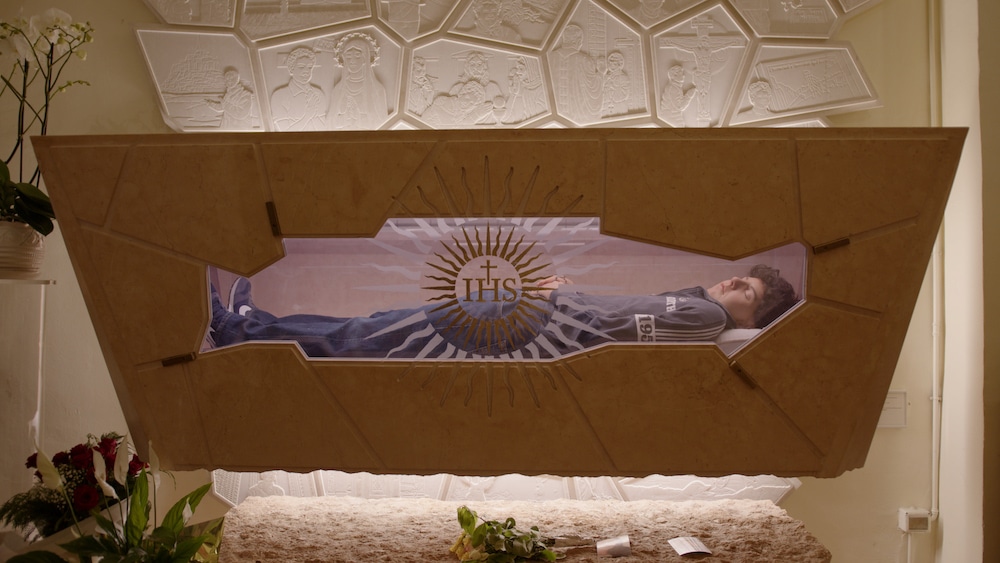
Carlo fell into a coma and suffered a cerebral hemorrhage. He was pronounced brain dead on Oct. 11 and passed away the following day.
“He went to his death with such grace and kind of an understanding of life and eternal life,” Moriarty said.
| A miraculous exhibit |
|---|
|
Dr. William Ryckman and his wife Mary of Scottdale, Pennsylvania, in 2008 went with a group from the Diocese of Greensburg to attend World Youth Day in Australia. There they heard a “mind-boggling story” about Bishop Jorge Bergoglio — now Pope Francis — being part of an investigation into a lost Communion host that developed a red spot. 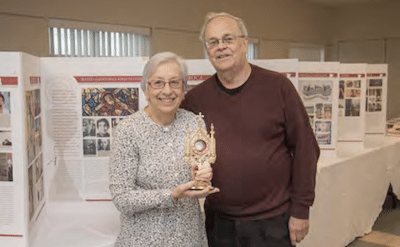 It was declared a Eucharistic miracle after scientific examinations identified the specimen as muscle from a human heart. What they learned about other Eucharistic miracles and the life of Blessed Carlo Acutis touched them deeply. “Our hearts were just throbbing on the flight back,” Dr. Ryckman said. “We knew we had to do something.” They contacted The Real Presence Education and Adoration Association in Illinois, then arranged to put together a display called “The Eucharistic Miracles Recorded by Carlo Acutis.” He turned to Ken Paulsen, a printer in Portland, Oregon, who has printed more than 35 exhibits. “I have a large printing machine and could print a complete set for less than half the price of his local printer,” Paulsen said. “So Dr. Bill and I refined the system with an accordion style layout that was self-supporting, lightweight and easy to set up. This allows greater access and promotion of Blessed Carlo’s work.”  The Ryckmans take their display to parishes in their region and bring prayer cards, rosaries, books and other religious items. They also have a first class relic — strands of Blessed Carlo’s hair — that they have on loan from a priest, who received it from Carlo’s mother. Sometimes more than 2,000 people visit an exhibit, but the numbers are not as important as who the Lord sends. “There’s more interest now that Carlo is going to be a saint,” Dr. Ryckman said. “So many people just cry and share their stories when they come.”  The youth are often intrigued with seeing photos of Carlo in jeans and a soccer jacket. “They say, ‘He could be my friend,’ and I tell them well, he certainly could be,” Mary Ryckman said. Diane Striegel of Boonton, New Jersey, also has a display from Paulsen that she takes to four states. “I became involved when I was having my own doubts about the Real Presence,” she said. “Then in 2021 I saw a special on EWTN about a display on Blessed Carlo and went on a quest to see it.” When she contacted The Real Presence, someone suggested that she purchase her own, and she did. “That was a real leap of faith,” she said. “I had no plans for a ministry. I just wanted to see it.” She witnesses how Blessed Carlo, the Eucharistic miracles and the relic she has on loan touches so many hearts. Some people are moved to tears. “I am blessed,” Striegel said about taking around the exhibits. “It’s a huge step in what I believe is a fruitful journey ahead and I hope to grow in my own faith.” Paulsen has praise for the men and women who spread the stories of the miracles and of Carlo. “I’m just the guy in the back room with the printer,” he said. “The heroes are all the custodians on the front lines promoting the exhibit and winning over souls. It’s an important ministry, especially for our times, and I’m honored to be involved.” |
Carlo’s road to sainthood
On the sixth anniversary of Carlo’s death, the Archdiocese of Milan opened the cause for his canonization, and he was named a Servant of God in May 2013. He was declared Venerable in 2018 when Pope Francis confirmed his life as one of heroic virtue.
The first miracle happened when Luciana Vianna of Brazil took her son Mattheus to a service and prayed for Carlo’s intercession. The boy was immediately healed from a pancreatic condition that interfered in his eating solid food. Pope Francis confirmed the miracle’s authenticity in February 2020, the next step in Carlo’s road to sainthood.

The Holy Father recognized the second miracle on May 23, 2024. That incident involved a woman named Valeria from Costa Rica who suffered a brain hemorrhage when she fell off a bicycle while studying abroad. Her mother, Lilliana, visited Carlo’s tomb and prayed for his intercession. On that same day, Valeria breathed on her own and the next day she was able to walk. All evidence of the hemorrhage had disappeared.
In those years, countless thousands of people visited Carlo’s grave when he was buried in the town cemetery in Ternengo, then transferred to the cemetery in Assisi, the same town where St. Francis is buried.
Carlo’s body was exhumed on Jan. 23, 2019, and on April 6 that year, it was transferred to where it now rests. There has been a silicone reconstruction of his face.
Hope for Catholics today
Many people have been interviewed for the film, including both of Carlo’s parents, old friends and others who knew him and loved him, and several prominent Catholics.
“Carlo’s mother has been one of the most compelling interviews,” Moriarty said. “She attributes her own deepened sense of the gift of faith to him.”

Rajesh Mohur, a young Hindu man who was hired by the family to accompany Carlo around Milan, added another powerful testimony.
“He would go with Carlo to Mass and adoration, and Rajesh was so taken by Carlo’s devotion that Rajesh and his family converted to Catholicism,” Moriarty said.
Moriarty invited Richter and the students to be part of the film. They knew each other from when Richter and his son, both Knights of Columbus, appeared in another Castletown production. Richter, who for 11 years taught at one of North Dakota’s four Catholic high schools, continued to lead the pilgrimages to Rome after he came to UMary.
It was a good fit for the pilgrims and Carlo’s story. The teenagers encountered the life of a teenage saint, and as per the standing rules of Richter’s pilgrimages, the students would not have access to technology.
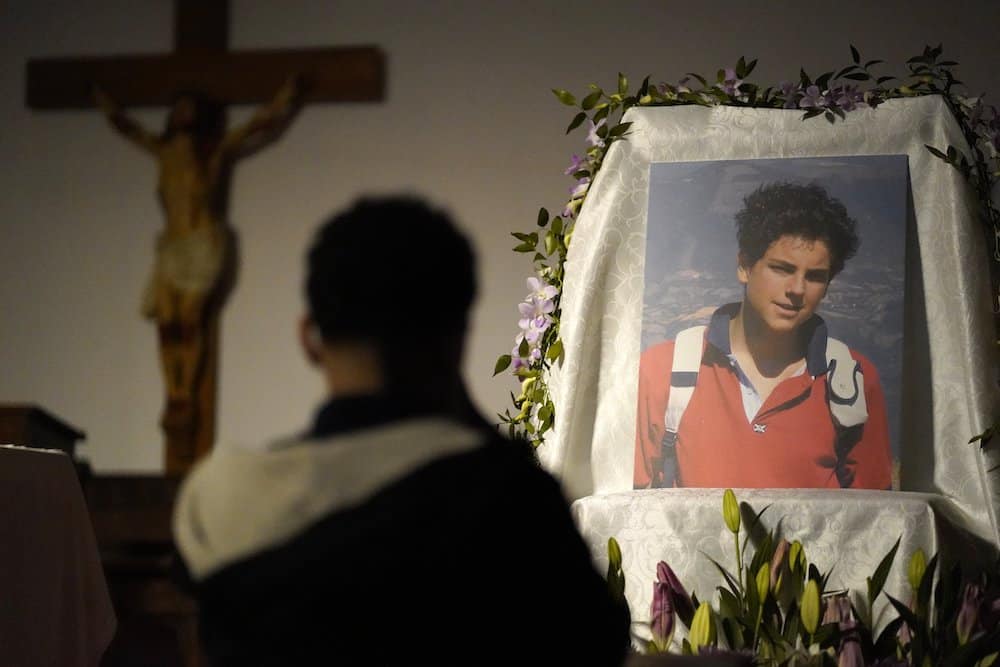
“This affords them the opportunity to be able to reflect, pray and think about what their life means,” Richter said. “It allows them to hear the voice of God while they pray.”
Moriarty said his own faith was deepened through the production and called the social media blackout on the pilgrimage relevant for our roadmaps to reality.
“The structure of the film is kind of a call and response to look at the state of the world, where we are in the digital age, where we want to understand the challenges and show how Carlo helps us to navigate that,” he said. “We can gather the ways in which he lived his whole life and show young people today that there’s hope. I think we really want this to be a message of hope, that sanctity is very possible today.”

